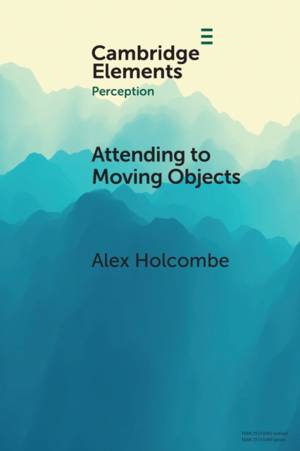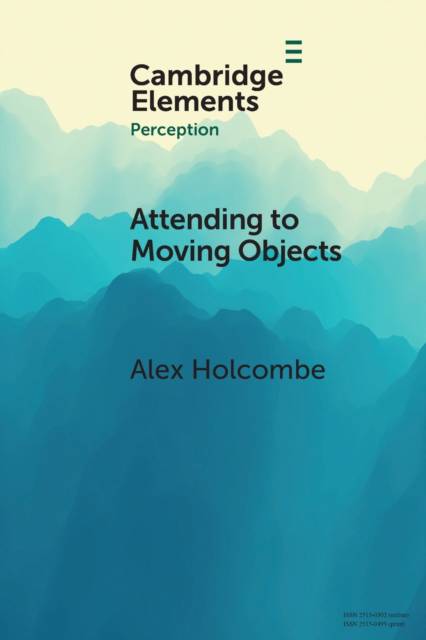
- Afhalen na 1 uur in een winkel met voorraad
- Gratis thuislevering in België vanaf € 30
- Ruim aanbod met 7 miljoen producten
- Afhalen na 1 uur in een winkel met voorraad
- Gratis thuislevering in België vanaf € 30
- Ruim aanbod met 7 miljoen producten
Zoeken
€ 31,95
+ 63 punten
Omschrijving
Our minds are severely limited in how much information they can extensively process, in spite of being massively parallel at the visual end. When people attempt to track moving objects, only a limited number can be tracked, which varies with display parameters. Associated experiments indicate that spatial selection and updating has higher capacity than selection and updating of features such as color and shape, and is mediated by processes specific to each cerebral hemisphere, such that each hemifield has its own spatial tracking limit. These spatial selection processes act as a bottleneck that gate subsequent processing. To improve our understanding of this bottleneck, future work should strive to avoid contamination of tracking tasks by high-level cognition. While we are far from fully understanding how attention keeps up with multiple moving objects, what we already know illuminates the architecture of visual processing and offers promising directions for new discoveries.
Specificaties
Betrokkenen
- Auteur(s):
- Uitgeverij:
Inhoud
- Aantal bladzijden:
- 75
- Taal:
- Engels
- Reeks:
Eigenschappen
- Productcode (EAN):
- 9781009009973
- Verschijningsdatum:
- 9/02/2023
- Uitvoering:
- Paperback
- Formaat:
- Trade paperback (VS)
- Afmetingen:
- 152 mm x 229 mm
- Gewicht:
- 131 g

Alleen bij Standaard Boekhandel
+ 63 punten op je klantenkaart van Standaard Boekhandel
Beoordelingen
We publiceren alleen reviews die voldoen aan de voorwaarden voor reviews. Bekijk onze voorwaarden voor reviews.











